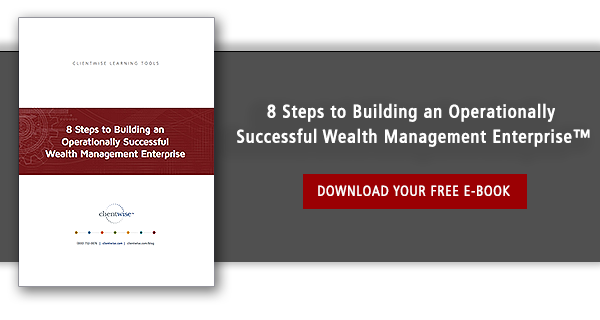Play to Your Strengths: Financial Advisors Learn from Warren Buffett
Warren Buffett is a creature of habit. He lives in the same house that he bought in 1958. He drinks Cherry Cokes daily. He buys great companies, and likes holding them “forever”.
Says he, “I like today what I liked fifty years ago. I like reading 10-Ks. I like playing bridge. I haven’t acquired a lot of new habits. I was happy when I was in my twenties, and I don’t see a reason to change things.”
He plays to his strengths. He knows what he’s good at. He doesn’t invest in what he doesn’t understand. He’s been a long-term focused investor ever since his first stock purchase…3 shares of Cities Service preferred, which he acquired when he was 11 years old.
Play To Your Strengths
The beauty of playing to your strengths is that it allows you to free up your time AWAY from the things you’re not great at. These are activities that:
- Don’t bring in new business,
- Don’t make you money, and,
- Drain your energy and focus.
This last point is key. When we spend time outside our brilliance, and attempt to undertake tasks where we are mediocre (or worse), we become exasperated and anxious. The resulting frustration is a complete energy black hole. For financial advisors and entrepreneurs, this can be a horrifying diversion and completely destructive to your enterprise.
The 3 Steps to Playing to Your Strength
Step 1. Identify your brilliance.
We are all brilliant at something. Create a list that includes all of the things that you do in your business where you are recognized by your peers and/or clients for your unique brilliance. This would include:
- Anything that you could do all day long for free because you love it so much,
- What you have a real passion for,
- What you continue to improve upon and learn about,
- Anything that you love doing that brings in revenue and new business.
Step 2. Delegate.
Leverage your time and resources by delegating specific roles and responsibilities in your business that you’re not very good at, that you don’t know how to do, that you don’t have time to do, that drives you crazy, and that doesn’t bring in new revenue and new business.
For financial advisors who don’t have a team yet, or are in the process of building a team, you can create a virtual team that enables you to concentrate on what you do best. Figure out what you can delegate and outsource, and make it happen.
Step 3. Build your systems and procedures.
Just because you are stepping away from the day-to-day control of certain responsibilities and tasks, doesn’t mean that you should shirk all leadership and accountability. Create an “Operations Manual” with checklists and documentation. This manual could include areas like: New client onboarding process, your client engagement matrix, client acquisition strategies, marketing plans and planning, your professional advocate network, etc.
Assume the leadership role, and satisfy any internal need for control, by documenting everything that you would like your enterprise to do. Take time to train someone else in exactly how you want things done. Not only does this create a more viable, sustainable business enterprise, but also it allows you to release the “white knuckle grip” and move towards the moneymaking activities that are your forte.
A final Warren Buffett Note. There’s a great new book for all of you Warren Buffett junkies. Tap Dancing to Work is written by Fortune journalist, Carol Loomis, who first met Warren Buffett in 1966, and who has become one of his closest friends.
For a ClientWise Learning Tool that illustrates how to create your ideal wealth management enterprise, please download below:
Topics: Business Development Coaching


